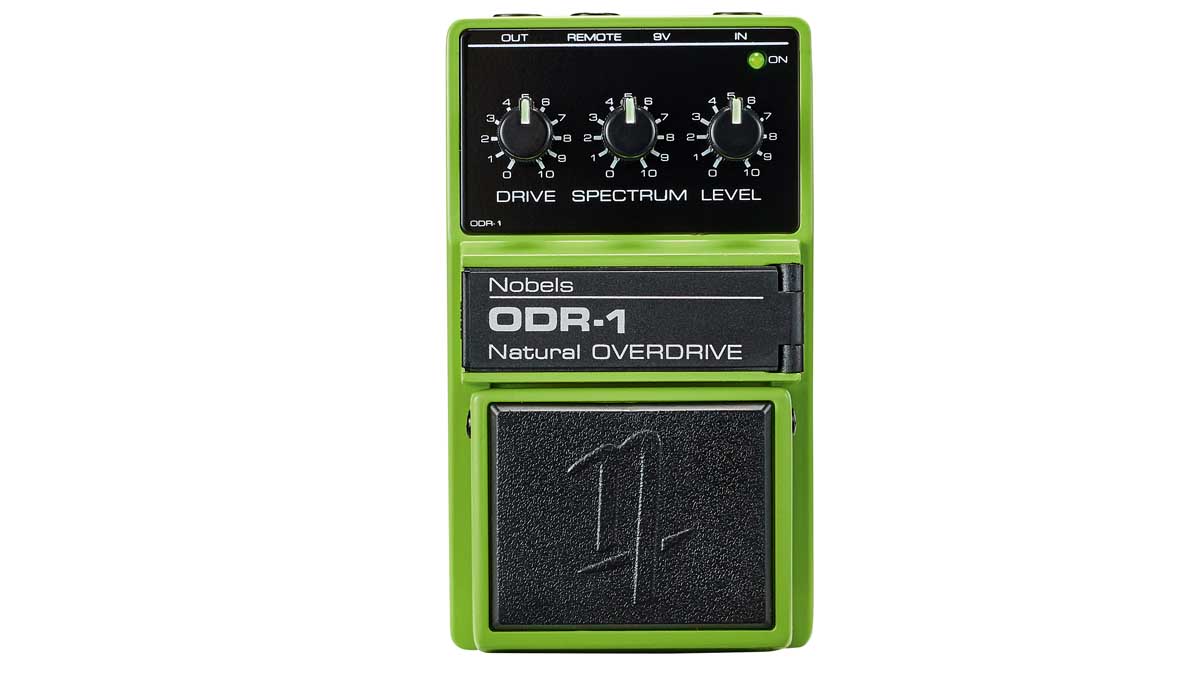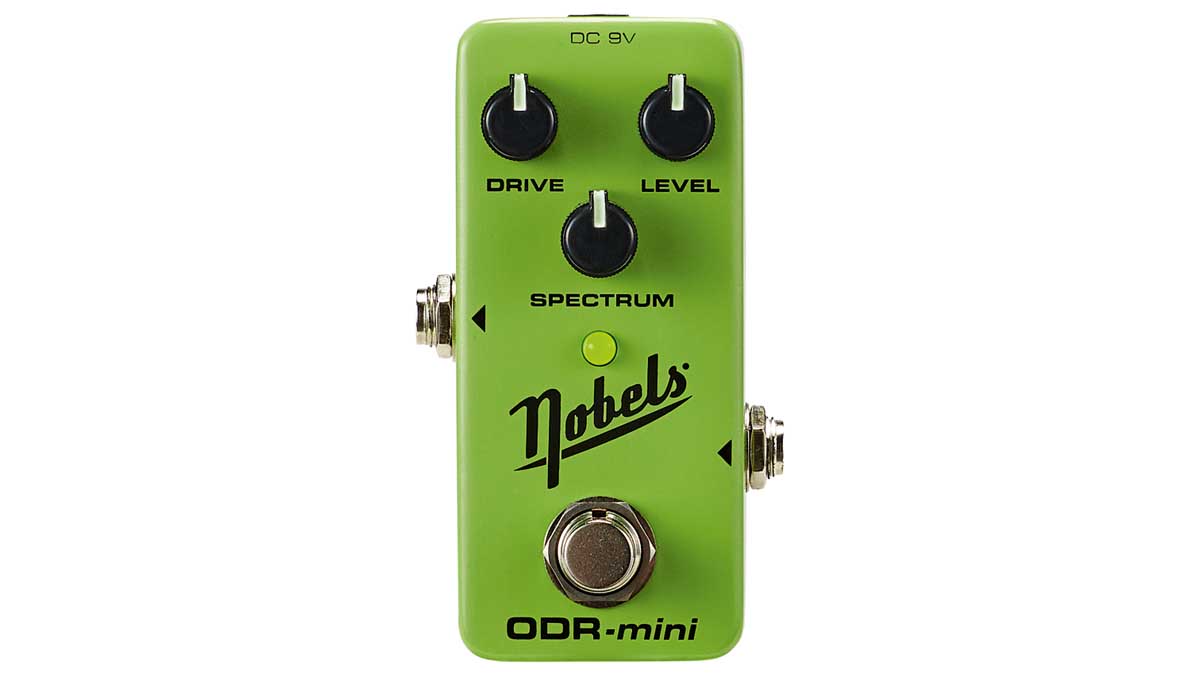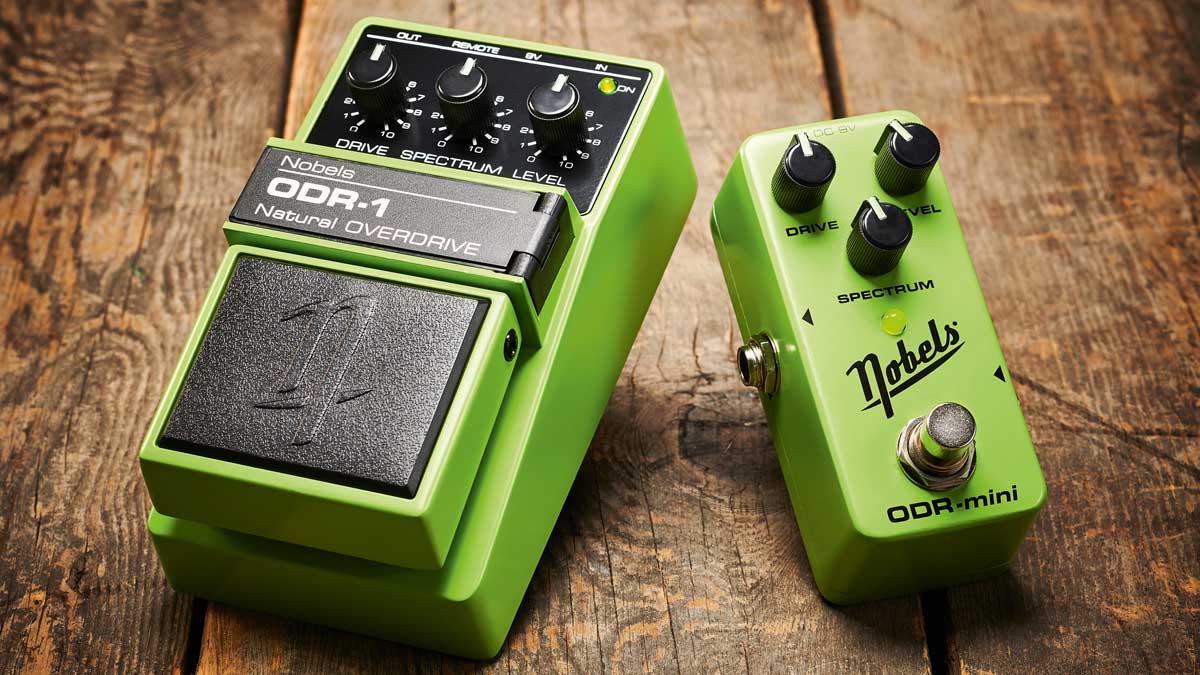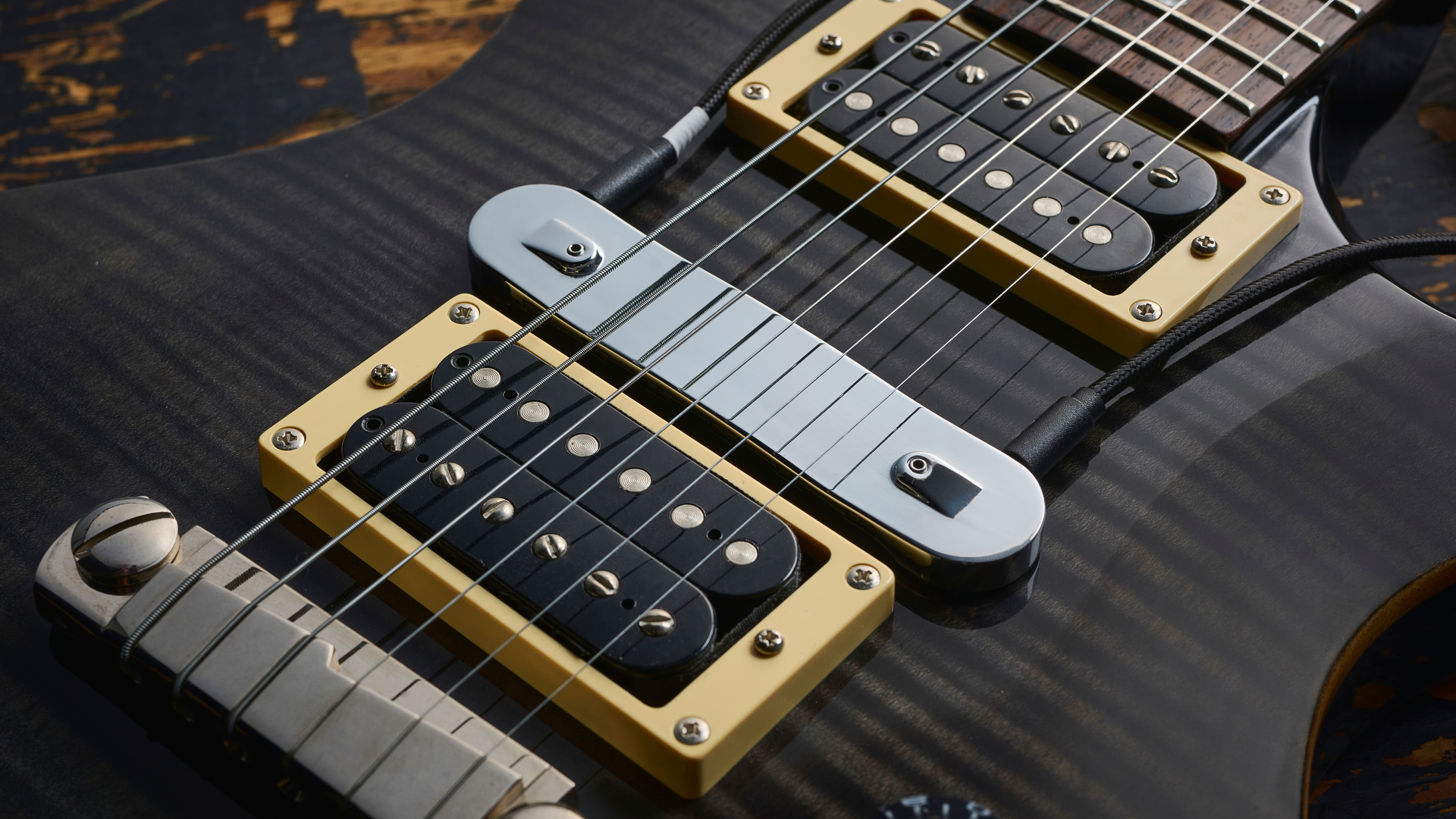Guitar World Verdict
With smoothly transparent overdrive, the ODR-1 BC offers boutique performance at a bargain-basement price, while its mini sibling is the perfect alternative for those who need to save space (and money) and don’t need that bass cut facility.
Pros
- +
Full-bodied, warm overdrive.
- +
Incredible value.
- +
Dynamic response.
- +
Can be used as a boost for solos.
- +
The mini is a great space-saver.
Cons
- -
None.
You can trust Guitar World
If there’s one overdrive pedal that’s been used by pros but has slipped under the popular radar, it’s the ODR-1.
Finished in a similar green hue to the Tube Screamer, the ODR-1 came about because designer Kai Tachibana was not keen on the fact that the Ibanez and other overdrives featured a strong middle hump.
Instead, he wanted a drive pedal that did what his bluesy sounding 40-watt black-panel Fender Bassman did, reacting to the volume pot on his guitar, where the overdrive increased slowly and evenly without changing the basic tonal character.
And so the ODR-1 was born. Since it’s original launch in the '90s, the pedal has gone on to become a favorite with many respected players, particularly in the Nashville session scene where it’s currently the go-to pedal for the likes of Guthrie Trapp and Tim Pierce.
This latest ODR-1 Natural Overdrive we have on review is not dissimilar to a Boss pedal in its form factor and features some new revisions. It also has a mini version, which we’ll look at here, too.
Nobels ODR-1 BC

The latest ODR-1 can now run from 18 volts for extra headroom, and in response to requests from some humbucker users who found the bottom-end a little too heavy it now has a bass-cut DIP switch (hence the ‘BC’ in the model number) on the circuit board that’s easily accessed via the top-loading battery compartment’s hinged cover.
While it’s a very effective tonal tweak, tightening up the real low-end for those who want it, we preferred the standard sound with its full-bodied warmth. Plus there’s no overt molestation of your tone except for some natural enhancement via the Spectrum knob, which simultaneously adjusts treble and lower mids to add crispness to the clarity or to mellow things down.
The pedal is capable of a fully driven sound but we liked the magic that happens in the lower reaches of the drive knob where you find early break-up and low-level crunch that can add just the right amount of grit to a clean amp for core tone or as a solo booster.
Specs
- PRICE: $119 / £99
- ORIGIN: China
- TYPE: Overdrive pedal
- FEATURES: True bypass, remote momentary operation, luminous knob markings, integral pedalboard mounting plates
- CONTROLS: Drive, Spectrum, Level, internal bass cut switch, Bypass footswitch
- CONNECTIONS: Standard input, standard output, Remote
- POWER: 9V battery or 9V-18V DC adaptor (not supplied) 11mA
- DIMENSIONS: 74 (w) x 126 (d) x 58mm (h)
Nobels ODR-mini

If you want the ODR-1 sound but need something a little more compact for your pedalboard, here’s the ODR-mini.
Following the standard form factor of this size of pedal with offset jacks, it has the same three knobs as its larger sibling with the ‘glow in the dark’ pointers, albeit with no legending around the knobs.
Both versions of the pedal work really well with a Telecaster; they are a perfect complement to a Fender amp
The Spectrum knob, though, does have a notched center detente position and in an A/B test with that knob in its detented position the sound matches the larger pedal (without its bass cut switch engaged) when that pedal’s Spectrum knob is set to about 4.
Further tweaking of the knobs, however, shows that both are capable of the same tonal range and that the mini model cleans up very naturally with guitar volume just like its bigger sibling.
Both versions of the pedal work really well with a Telecaster; they are a perfect complement to a Fender amp if you play country but there’s also plenty for blues players in a pedal that can push an amp in a very natural way.
Specs
- PRICE: $79 / £69
- ORIGIN: China
- TYPE: Overdrive pedal
- FEATURES: True bypass, luminous knob markings
- CONTROLS: Drive, Spectrum, Level, Bypass footswitch
- CONNECTIONS: Standard input, standard output
- POWER: 9V-18V DC adaptor (not supplied) 15mA
- DIMENSIONS: 53 (w) x 94 (d) x 48mm (h)
- CONTACT: Nobels
Trevor Curwen has played guitar for several decades – he's also mimed it on the UK's Top of the Pops. Much of his working life, though, has been spent behind the mixing desk, during which time he has built up a solid collection of the guitars, amps and pedals needed to cover just about any studio session. He writes pedal reviews for Guitarist and has contributed to Total Guitar, MusicRadar and Future Music among others.












